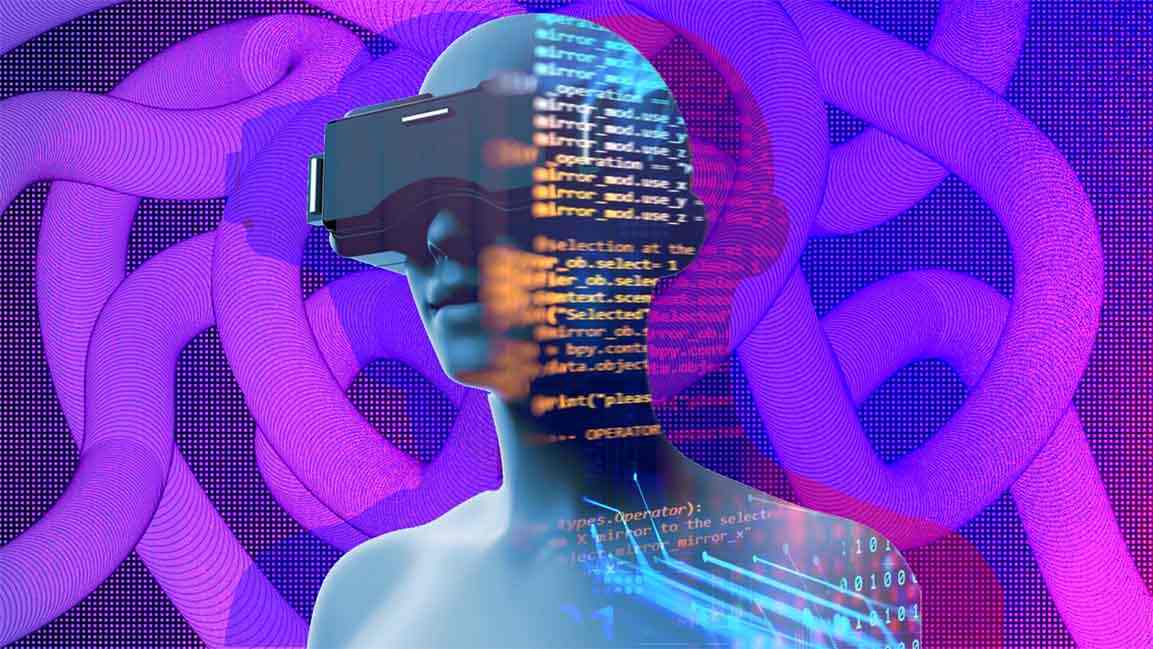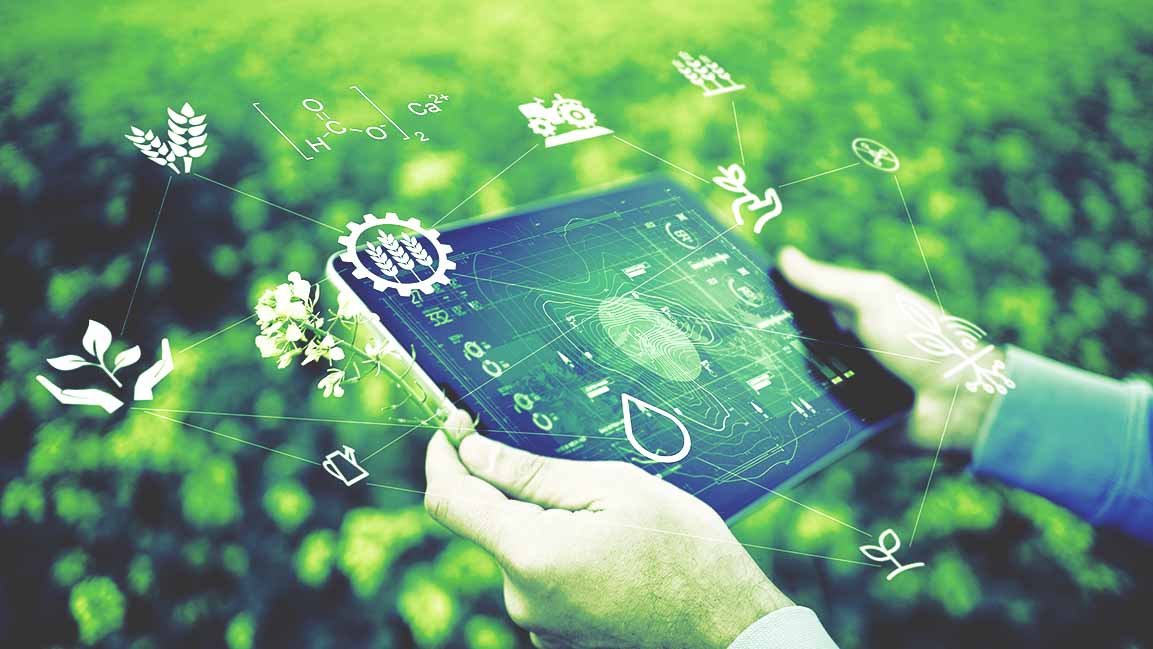- | 1:00 pm
Dance with cobots, meet humanoids or learn to play the piano using AR. All this and more at LEAP 2023
Innovative companies showcasing at LEAP will reflect how tech is making a difference across multiple aspects of business and society.

The world is teeming with innovative new companies led by up-and-coming tech talent who are quietly transforming our world with fresh ideas in virtual and augmented reality, robotics, and more.
They are innovating successfully – and not just in new industries but also in well-established consumer industries, where the largest players have billions of dollars in resources and decades of experience.
And many of those – from solutions for new food production systems to autonomous hydrogen vehicles – will share spaces with tech giants at the LEAP 2023 edition, beginning on February 6 to 9 in Riyadh.
In robotics, Hiroshi Ishiguro and Nadia Magnenat Thalmann, who have developed advanced humanoid robots, will display their doppelgänger, while Merritt Moore will be using a more intuitive communication system – body language — to dance with a cobot.
What’s more, Magic Keys can teach you simple piano pieces and techniques within minutes using mixed reality, and digital agency Mirror can customize a bag as per your wish and mint it into an NFT.
These reflect that tech is making a difference across multiple aspects of business and society.
And we wouldn’t be surprised if several of these tech companies that will showcase their wares at LEAP go on to become big players.
The recession may still be on, but there is no recession for ideas.
Here are some worth keeping an eye on:
MECHANICAL DOPPELGANGER
Ishiguro created a buzz when he unveiled a robotic “woman” at Expo 2005 Aichi Japan. The following year, Advanced Telecommunications Research Institute International developed Geminoid HI-1, a robot that looks like Ishiguro. It reproduces the voice, and head movements of
Ishiguro does a fine job of what it’s intended to do: mimic a person. To describe an android copy of a particular individual, he coined the term “geminoid,” after geminus, Latin for twin. He named his mechanical brother Geminoid HI-1. The robot will participate in an on-stage presentation with Ishiguro and be on display for attendees to interact with on the show floor. Ishiguro constructed his mechanical doppelgänger using silicone rubber, pneumatic actuators, and powerful electronics.
SOCIALIZE WITH NADINE
Nadine is a gynoid humanoid social robot modeled on Nadia Magnenat Thalmann. The robot has a strong human-likeness with natural-looking skin, hair, and realistic hands and acts lifelike. A socially intelligent robot, Nadine remembers your previous conversations with her. She answers questions in several languages, shows emotions, and can assist people with special needs, read stories, send emails, and communicate with the family. Created in 2013 by Kokoro, Japan, its software platform was developed at Singapore’s Nanyang Technological University and is currently at MIRALab, University of Geneva.
A SPACE BALLOON
Space4Girls, which supports young women to become innovators in the rapidly growing space industry, will display its high-altitude weather balloon at LEAP to capture flight and low-orbit images. The weather balloon lifts a specially designed payload package composed of HD cameras and GPS tracking devices — all constructed and attached to the balloon by the students with low-cost materials.
The Space4Girls balloon ascends to a maximum altitude of 100,000 feet or more, where it bursts, allowing the payload to descend using a built-in parachute slowly. The balloon’s location is monitored during its flight by a GPS-satellite relay. The payload is located using the GPS device, and the HD video/stills and data are recovered from the payload. This balloon will give people hands-on access to a unique environment, the edge of space.
LIBERATING WALKING
Turning a simple idea into a solution for our patients, French company Wandercraft designed exoskeletons to solve complex real-life problems, ensuring dynamic walking algorithms for a new kind of rehabilitation. By building tailored solutions to individual challenges, the technology can give people freedom of movement and improved health. At LEAP, visitors can see and try out new algorithms on prototypes in the test room.
PHYSICS ON POINTE
Who knew that a robot could be a dance partner? With her background in ballet and physics, Merritt Moore’s focus has led her to program and dance with robots. Often called a “quantum ballerina,” Moore was invited as artist-in-residence at Harvard ArtLab and, during the pandemic, created several dances with an industrial robotic arm. While Baryshnibot was originally designed for repetitive industrial automation tasks, Merritt has worked hard to ensure that the collaborative robot (cobot) could keep up with her complex dance moves. Moore will perform with the robot exploring movement at the tech event for the public.
LEARN PIANO USING AR
Originally developed for the Magic Leap One mixed reality headset, Magic Keys uses Passthrough technology to teach you how to play the piano. It uses an Oculus VR headset to create an augmented
reality experience for users. It uses the headset to display guitar hero-style notes to play in time on a real-life piano, helping users instantly play simple tunes and learn a new instrument without reading sheet music. How can we use it? Display the technology and piano in the demo zone, allowing attendees to try the immersive experience themselves.
REIMAGINING MUSIC FOR THE METAVERSE
Paris based-Stage11 is creating a new way to experience music by combining gaming, mixed reality, and digital collectibles. Creating experiences with David Guetta and Snoop Dogg, reimagines how artists and brands connect, even co-create, with their fans and audiences. It combines genres, realities, and cultures to build something bold and fun. At LEAP, Stage11, which aims to build a new creative canvas for artists, will invite fans to live, play, and create inside their performances and musical worlds. These worlds combine immersive gameplay sequences, lifelike performances, cinematic narratives, and digital collectibles.
BE IN THE GAME
While there are plenty of ways to access the metaverse, virtual reality is one of the best ways to experience it. South Korean company bHaptics has developed TactSuit, a wireless haptic vest that packs 40 individually controllable vibrotactile motors. It is the only haptic suit that has been integrated into VR games. You can enjoy optimized haptic feedback designed for each in-game event and be immersed in your content with positional haptic feedback delivered to your body. TactSuit is compatible with various platforms, including PC, VR, mobile, and console. This little company will likely beat Meta to market if we go by reports.
GRAB AN NFT BAG
Digital fashion is just beginning, and we live in a time of experimentation and creativity. Digital agency Mirror partnered with Italian women’s fashion label Pinko to launch NFTs of their bags. Through NFT and metaverse experiments, this collaboration intends to bring to reality experiences capable of adding a new dimension to purchasing a physical object. Visitors can come to their stand, customize a bag per their wish, and mint it into an NFT.
GROWING LIFE ANYWHERE
Founded by Barbara Belvisi in 2018, Interstellar Lab designs living crop systems in controlled environments on Earth for sustainable agriculture and in space to support astronaut life. The aim is to provide solutions to the current climate crisis and the need for new food production systems on Earth and to develop closed-loop life support systems for lunar missions and the future of Mars exploration. Recently, the startup unveiled its first functional BioPod, the versatile indoor controlled environment farm. Regardless of its geographical location, BioPod reproduces the optimal climatic conditions that allow the sustainable cultivation of all plants while drastically reducing the space and resources required.
AUTONOMOUS HYDROGEN VEHICLE
Estonian company Auve Tech, which built the world’s first hydrogen-powered autonomous vehicle, will bring the shuttle car to LEAP. The vehicle is powered by low-temperature hydrogen cells and seats up to six passengers. Aimed at enhancing last-mile transportation, the shuttle can drive without human interference in public traffic and semi-closed areas. Its movements can be monitored and, if necessary, corrected by remote control.
































